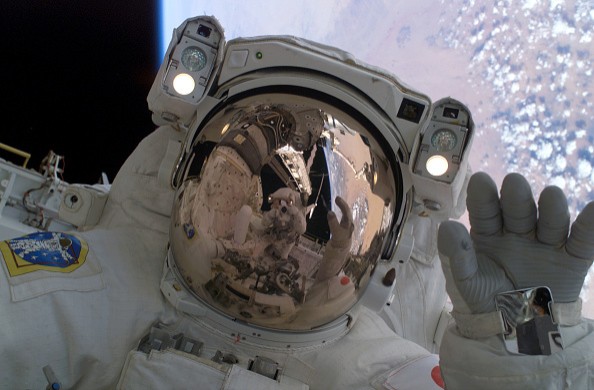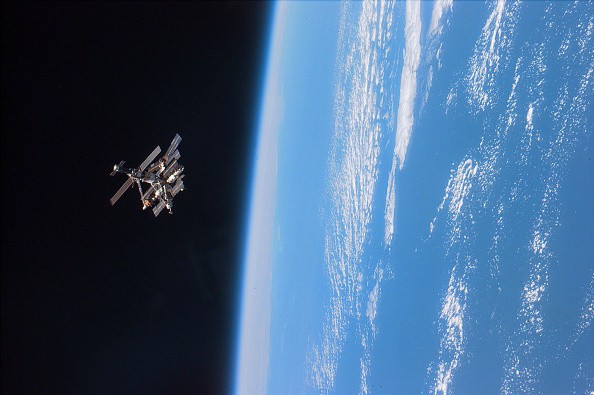Space hibernation can only be seen in sci-fi movies and fictional games and media. But, this technology can really be a useful innovation in space travels and even other activities on Earth.

Right now, various researchers are studying how to make space hibernation a reality. The latest study focuses on lemurs, which are the closest hibernating relatives of humans. The latest study was led by Dr. Marina Blanco. The other researchers involved are working at the Duke Lemur Center.
According to IFL Science's latest report, a team of scientists developed fake tree hollows for the lemurs to replicate their hibernation spots in the wild. On the other hand, they also lowered the temperature inside the lemur enclosure from 25ºC (77ºF) to 10-15ºC (50-59ºF).
"They did not disappoint," said Blanco via IFL Science. "Indeed, our dwarf lemurs hibernated just like their wild kin do in western Madagascar," added the study's lead researcher.
The new space hibernation study
Scientific Reports, the first one to publish the new research, explained that the involved scientists and other experts discovered that all dwarf lemurs displayed daily and multiday torpor bouts, including bouts lasting around 11 days.

Negative effects of hibernation on humans
On the other hand, the researchers also explained that hibernation could also have negative effects on human beings. This includes long-term brain damage. Why? Because torpor, a state of physical or mental inactivity, could reduce and reorganize the synaptic connections that are the basis of human memories.
Benefits of space hibernation
Space hibernation can give a lot of benefits if it is properly executed.
Various science fiction writers explained that space hibernation could come in handy when astronauts are traveling distant stars and other heavenly bodies. Why? Because the time spent to reach these places usually takes more than the normal lifespan of a human being.
On the other hand, hibernation or suspended animation could also be used in different medical surgeries, allowing the patients to sleep their way through operations.
If you want to know more details, all you need to do is click here.
For more news updates about other space studies, always keep your tabs open here at TechTimes.
Related Article : Scientists Claim Hyper-Fast Solitons Could Lead to Space Warp Drive; Will SpaceX and NASA Have It?
This article is owned by TechTimes
Written by: Giuliano de Leon.
ⓒ 2025 TECHTIMES.com All rights reserved. Do not reproduce without permission.




